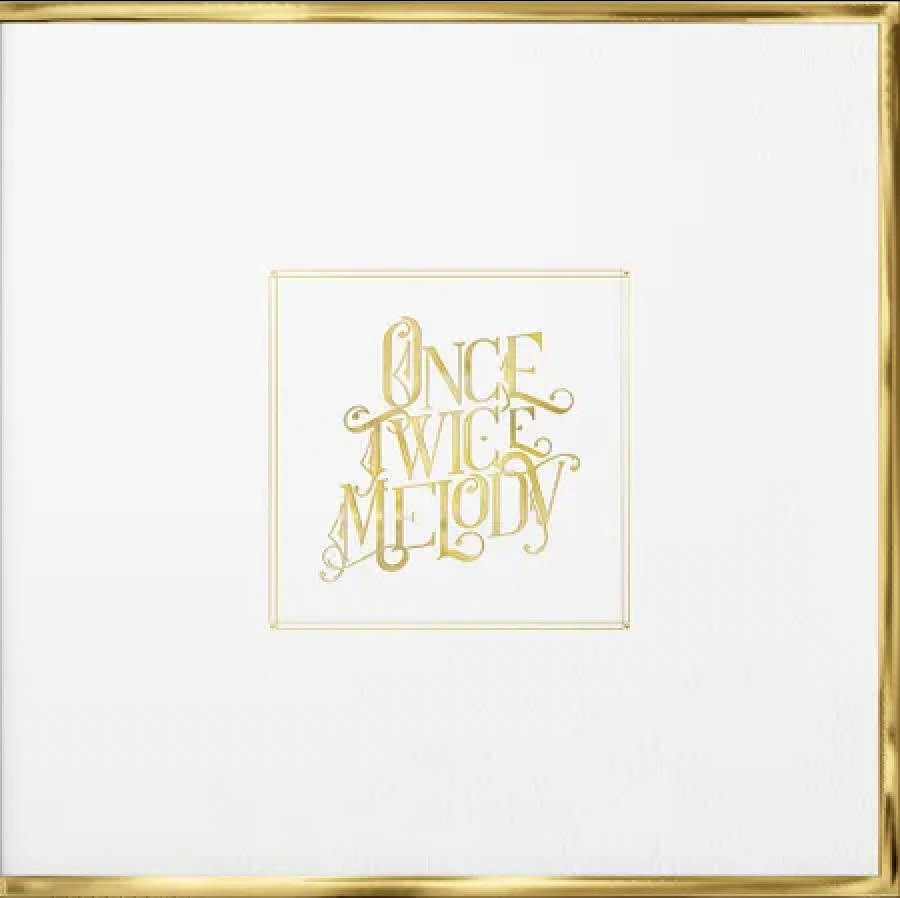18 years and eight studio albums into their career, indie darlings Beach House deliver yet another bulletproof batch of shoegaze inflected, dream pop galore
Hailing from Baltimore, Beach House has been releasing some of the most consistent music in the “indie” sphere for nearly two decades at this point in their career. Victoria Legrand and Alex Scally have remained the only two members through the bands entire career, and they are back to flex their dream pop muscles with another set of blissful soundscapes. Once Twice Melody is the first double album the band has released.
The duo has consistently shown listeners that they are masters of sequencing and editing themselves, with each studio album being very “all killer no filler,” and barely ever breaking a runtime over 60 minutes until Once Twice Melody. Released as four chapters across nearly four months, the album not only works as a double LP but also as a quartet of EPs that hold their own as standalone projects. Bookended by the most cinematic cuts in the tracklist, each EP feels like a different window to gaze out from within the Beach House. With a longer runtime, the band has created a project that fully displays the sum of all their parts.
The sound palette Scally and Legrand have established until this point is here in full force. Emotive synths and organ chords, sunburnt guitars and vintage LinnDrum-esque drum machines are present here as to be expected with a Beach House release, but with the new emphasis on strings, many of these songs reach theatrical highs that Scally and Legrand have not yet achieved until now. From the soaring shoegaze-y opener and title track “Once Twice Melody,” we are immediately transported into the familiar sounds of a Beach House project, but with a haziness that we have not heard since albums like Devotion and Teen Dream. By self-producing for the first time, this project is a direct translation of the duo’s ideas, with nothing between them and the listener.
The high-gloss big budget production that defined their last record 7 is now gone, and we are given a much less sterile sounding album. Once Twice Melody is padded out by beautifully warm tape echo and a very round low end, coming across soft on the ears, even in climactic moments. Evident on highlights like “Pink Funeral,” their ear for melody is as present as ever, with a lush arrangement of staccato strings over swelling harps building higher and higher before a soaring guitar line breaks the song down, over the sweet hi-hats and soft snares of programmed drums.
Kicking off the second half of the record, “Sunset” is the true centerpiece of the album, and shows Legrand’s ear for harmony and vocal layers, with repeating phrases bouncing from channel to channel, being driven by an acoustic guitar, an instrument that they lean into much more on this record than they ever have before. The real beauty in this track lies in the screeching metallic synthesizers, drenched in reverb that top off the entire track; sounding like trains coming and going from a terminal straight out of a dream.
Beach House have become a behemoth of the indie world, and continue to further solidify their cream of the crop status in the current landscape of music. Once Twice Melody is a full display of everything they have accomplished until now, on an unmatchable scale with some of the highest quality songwriting they have composed to this day.
Score: 9/10
Trial track: “Once Twice Melody”
[spotifyplaybutton play=”https://open.spotify.com/track/057rZ21MDp8Ld0TgQndNcv?si=285c26e0805e422f”]
